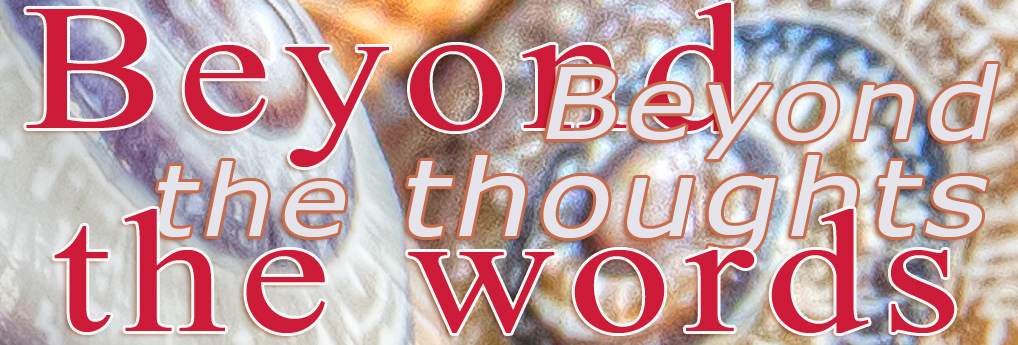A neighbor wanted to have his yew hedge removed years ago. For 25 years the plants stood in his garden and then they should give way, because they became impractical. Trimming became a nuisance and it was so hard to sweep leaves between the hedge and the fence. Six yew trees I still dug up at his place that summer, with spade, shovel and hatchet. Sweating, yew by yew, drove them in my bicycle trailer to my home, watered, planted, fertilized, tended. They had strong and widely branching roots, many of which I had to cut with the hatchet when digging them out. Otherwise I had not been able to transport the trees and save them from so the composting. There they stood now with me behind on the property. With amputated roots, after 25 years of constancy now shockingly in a strange place. One could smell this shock. For days the plants stank and emitted a strange unpleasant smell. A smell of rot. Acidic sweat of fear. Sweat of pain. For 25 years they had been cut into shape twice a year. Into a rectangular box shape perhaps forty centimeters wide, one meter long, and about one meter twenty high. A technical shape in keeping with the human sense of order. Three of them did not survive the transplanting despite all the watering and fertilizing and tending. Two died in the first year. The third yew, the largest, after two years.
Three of the yews have made it. Now five years have passed and until this summer they had not visibly grown. For five years they had remained in their 25 year habitual box shape. Grotesque they looked now that they stood singly. The unnaturalness of their shape was no longer masked by the fact that the individual yews in a hedge were no longer recognizable as trimmed individuals. But they did grow. Invisibly and every year. In their roots. There they have grown strong and regained their firmness, regained contact with the nourishing earth. Invisibly and year after year. That is how they have survived. No matter how grotesquely they stood in my garden. Mutilated and robbed of their natural form. Silly, irritating and at the mercy of the astonished, deprecating looks of passers-by. Functionless, so to speak. No hedge function and no ornamental function either. But they have taken root, and rather than wasting their limited strength in outward adornment, have put it into their rooting. Year after year. And now, after all these years, now, as if by a common command, as if by a common plan, their shoots are sprouting up and out. No more of the imposed box now! Now they can take care of the outside! The male plants produce seeds, the female plant flowers. Now they return to their natural state. Everything they have endured. Twenty-five years of pruning in rows. A painful uprooting. The new beginning in a strange place. The drought and feeding until the roots were able to produce enough food again. The ridicule and judgment of others for their boxiness and purposelessness. Their existence as a freak. They accepted the helping hand. Certainly not completely voluntarily, because they would have remained certainly gladly further comfortably in the hedge row. But the end lay before them and the helping hand offered them a new beginning, nurtured them and helped them to survive the lean period and become themselves again. Now they are sprouting again, as if according to a common plan, and I am eager to see how they will look, at their natural majesty and vigor, when the next 25 years will have passed. I will be old then. But the yews will still have a long, long life ahead of them.
